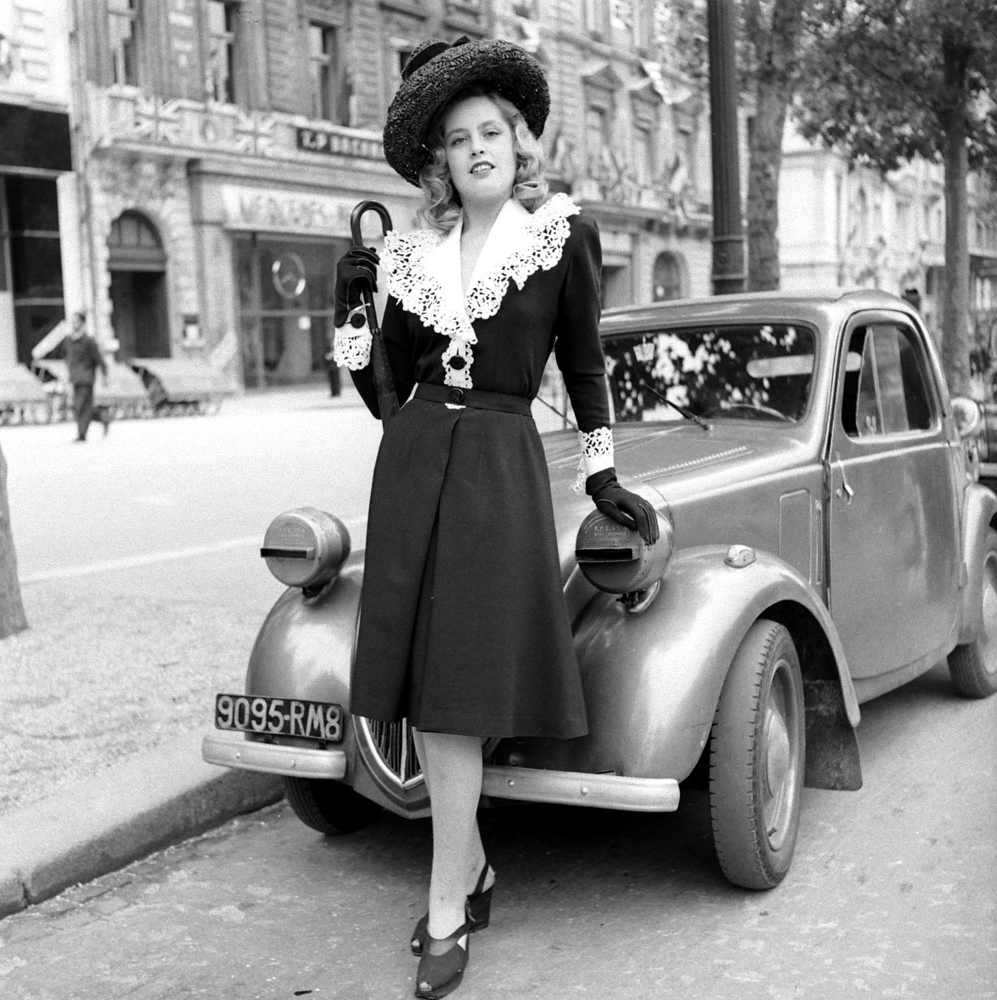
By the fall of 1944, not long after the Allies had routed German forces from Paris and while the post-Normandy push eastward toward Berlin rolled on, it was clear to anyone and everyone that the end of the Second World War—in Europe, at least—was truly, finally in sight. In its Oct. 16, 1944, issue, meanwhile, TIME magazine put some of this good news in perspective with a look at the fall fashion shows taking place in newly liberated Paris—shows that illustrated both the centrality of style to the Gallic way of life, and the deprivations that designers and their customers were forced to endure at a time when, after all, the continent was still at war.
The Germans had not yet been driven out of France [TIME told its readers]. Dunkirk had not yet fallen. The Gaullist government had not yet been recognized. But an old Parisian institution (and big Parisian business) returned to liberated France. Liberation fashions were barely a month old, but the season of style shows was on.
The spectators were almost as arresting as the mannequins. One Parisienne wore black lace bobby socks with matching lace earrings. Others in towering electric blue or mustard yellow hats racked bicycles in the marble lobby of Maggy Rouff’s salon.
All last week famous couturiers displayed their 1944 creations. Most of the familiar names were back: Bruyere, Alix, Molyneux . . . The trend was pronounced: skirts full and short, waists small, shoulders wide, sleeves mutton-legged. Designers used material lavishly, too lavishly for U.S. and British women limited by regulations and rationing.
Sales were disappointing . . . [but] another damper was the lack of good fur and real wool. French ingenuity did its best. Rabbits became everything up to ermine and chinchilla. But Parisians faced a cold winter without much coal. Said [one correspondent]: “If some enterprising couturier could acquire an unlimited supply of wool, the most popular collection would be one showing woolen underwear.”
LIFE’s Bob Landry—who had covered the war in North Africa as well as in other parts of Europe—was in Paris when it was liberated in late August, and he stayed on to report on and photograph stories in the giddy, post-liberation capital.
LIFE never ran the pictures that Landry made of the French fall fashions, but some of them did end up in the aforementioned issue of TIME. Here, as Fashion Week in New York kicks off seven long decades later, we take a look back at that heady time—and at the remarkable styles that emerged from the international capital of fashion in the midst of a world war.
Liz Ronk, who edited this gallery, is the Photo Editor for LIFE.com. Follow her on Twitter at @LizabethRonk.
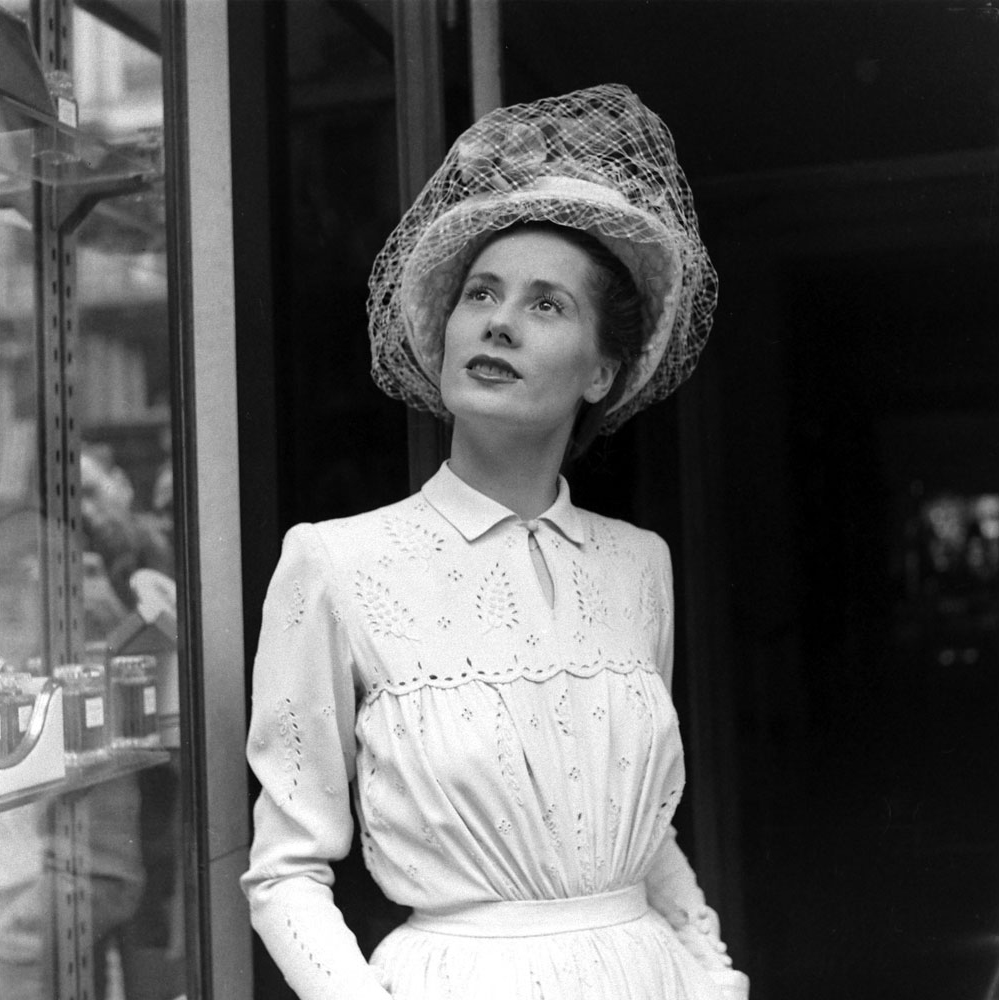


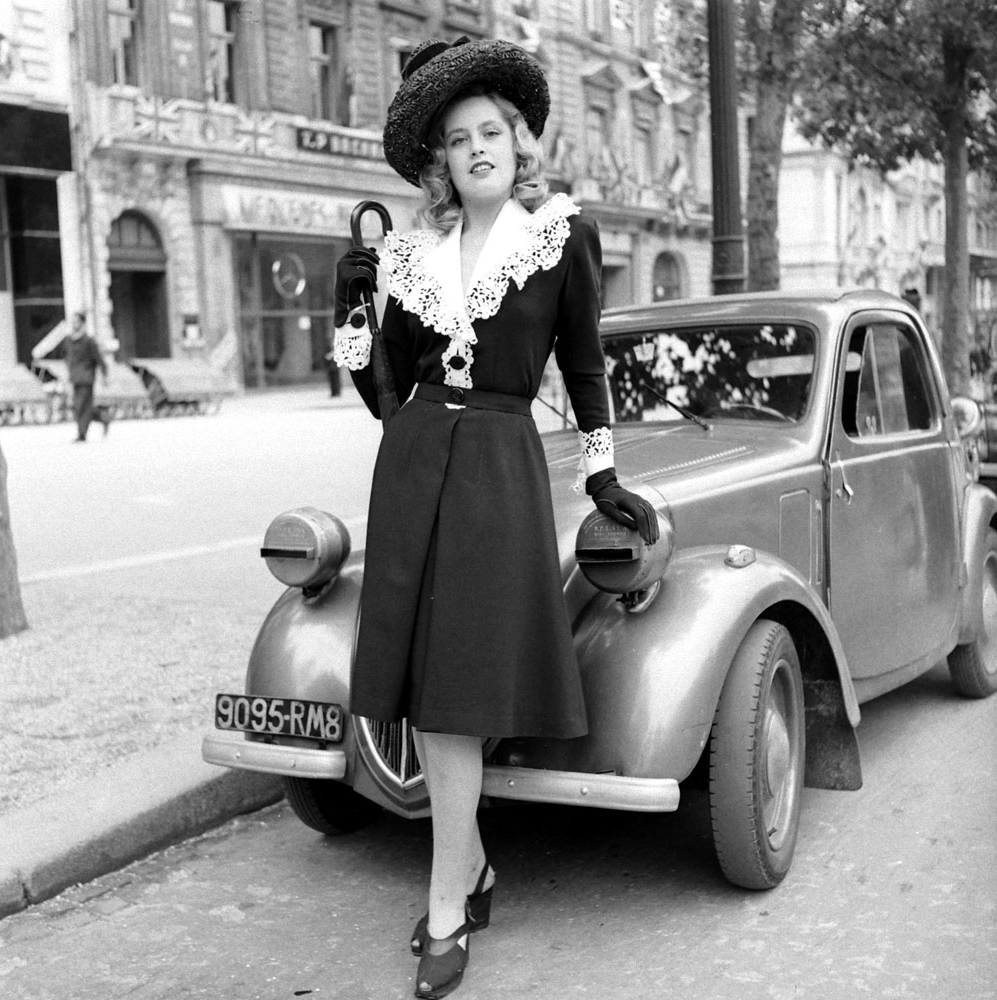
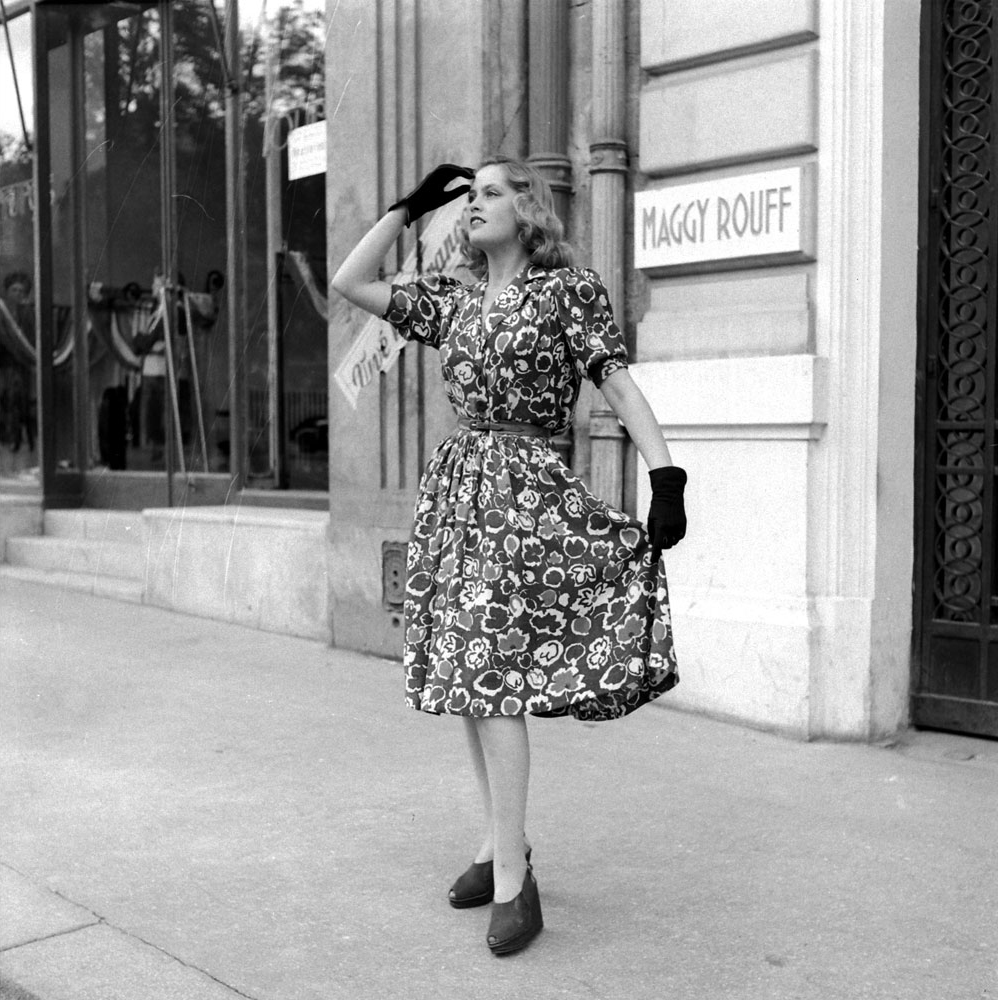
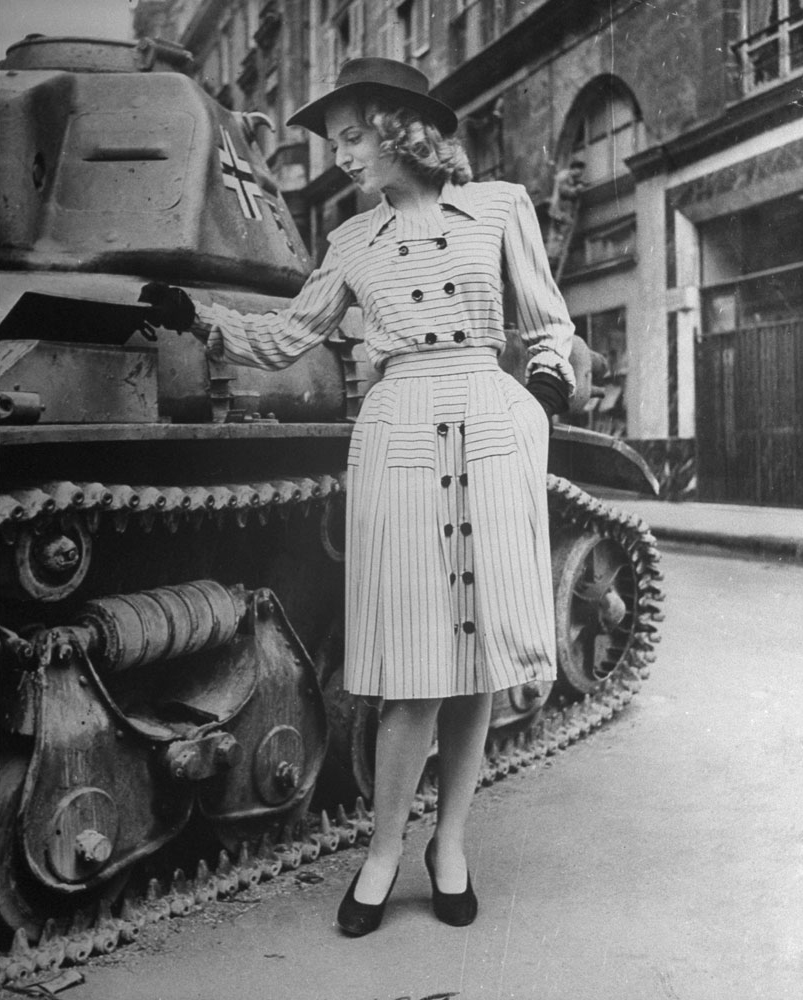

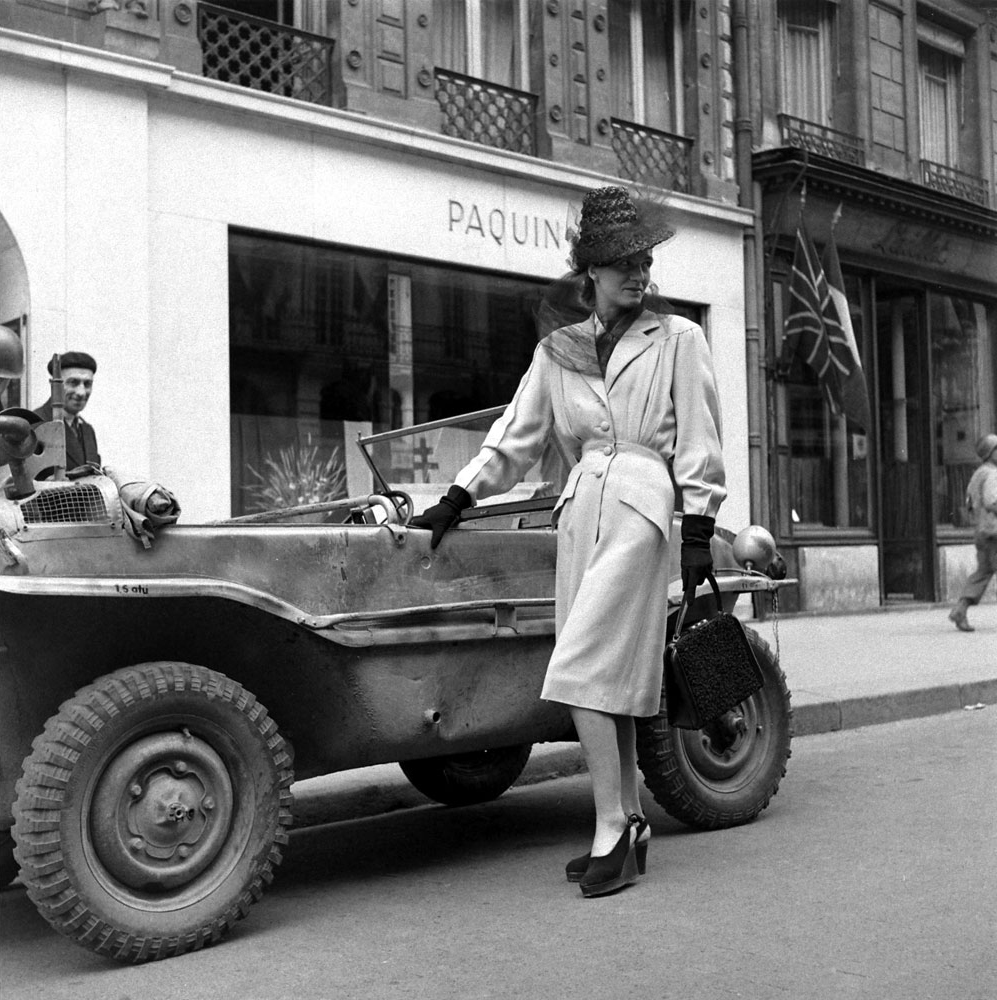
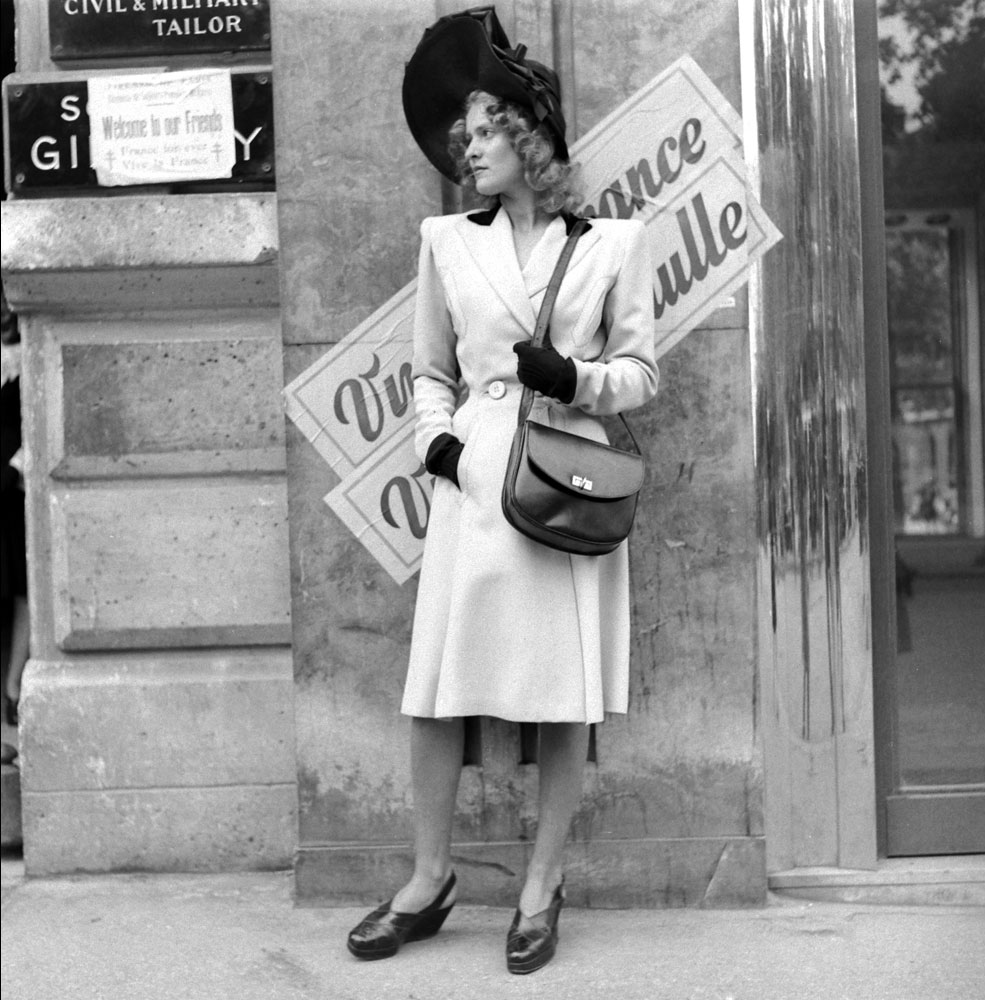
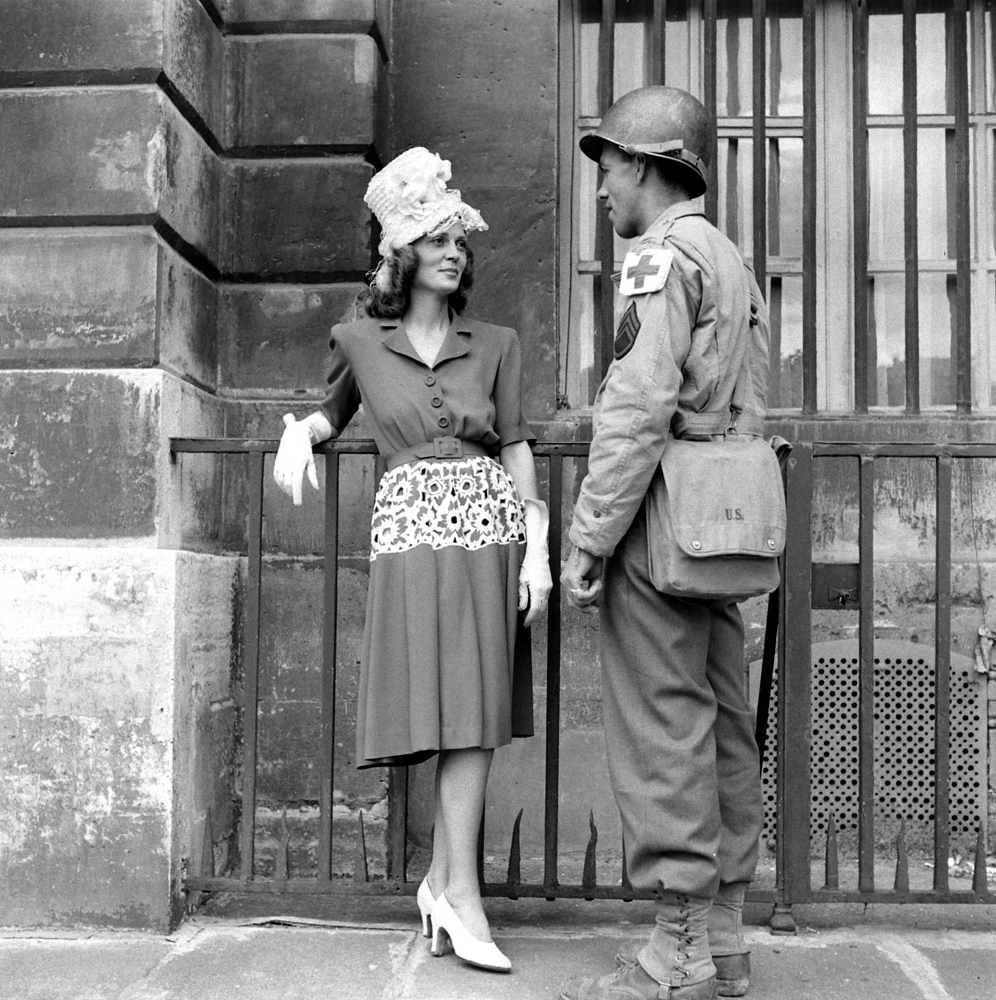
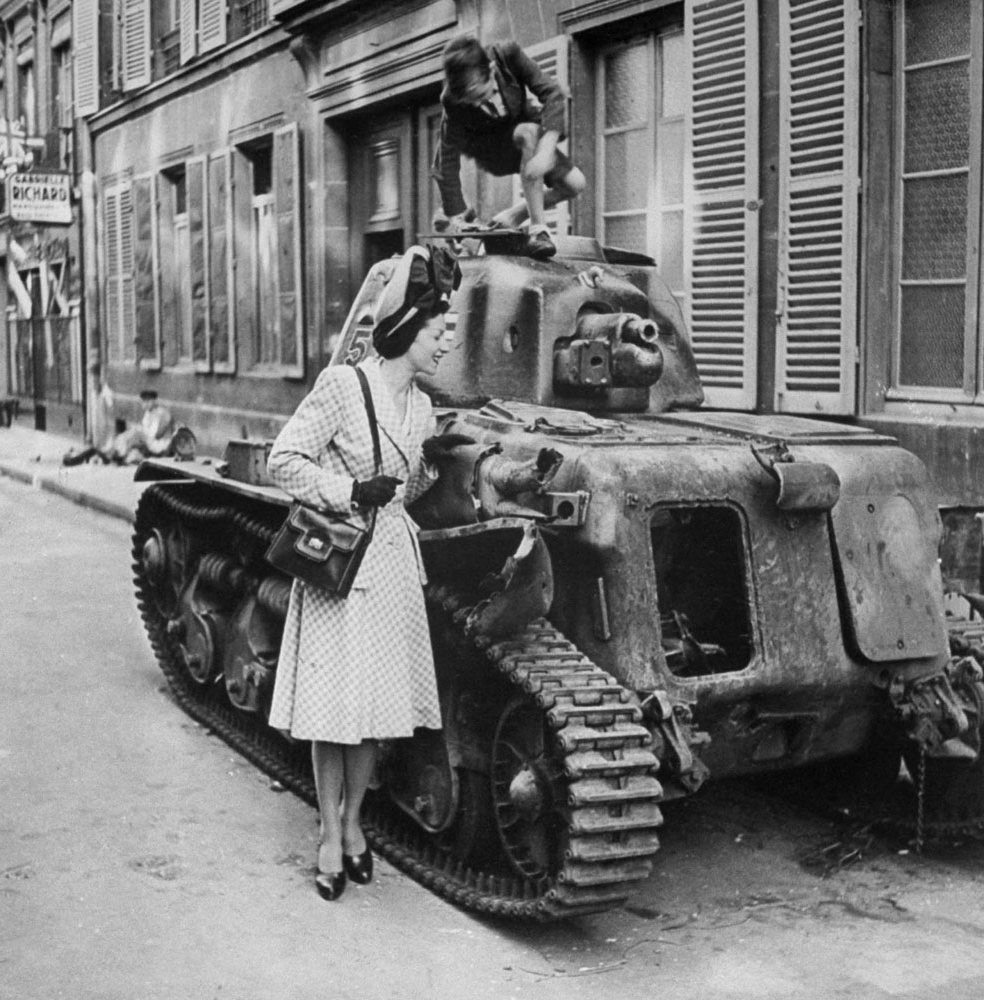

More Must-Reads from TIME
- Donald Trump Is TIME's 2024 Person of the Year
- Why We Chose Trump as Person of the Year
- Is Intermittent Fasting Good or Bad for You?
- The 100 Must-Read Books of 2024
- The 20 Best Christmas TV Episodes
- Column: If Optimism Feels Ridiculous Now, Try Hope
- The Future of Climate Action Is Trade Policy
- Merle Bombardieri Is Helping People Make the Baby Decision
Contact us at letters@time.com